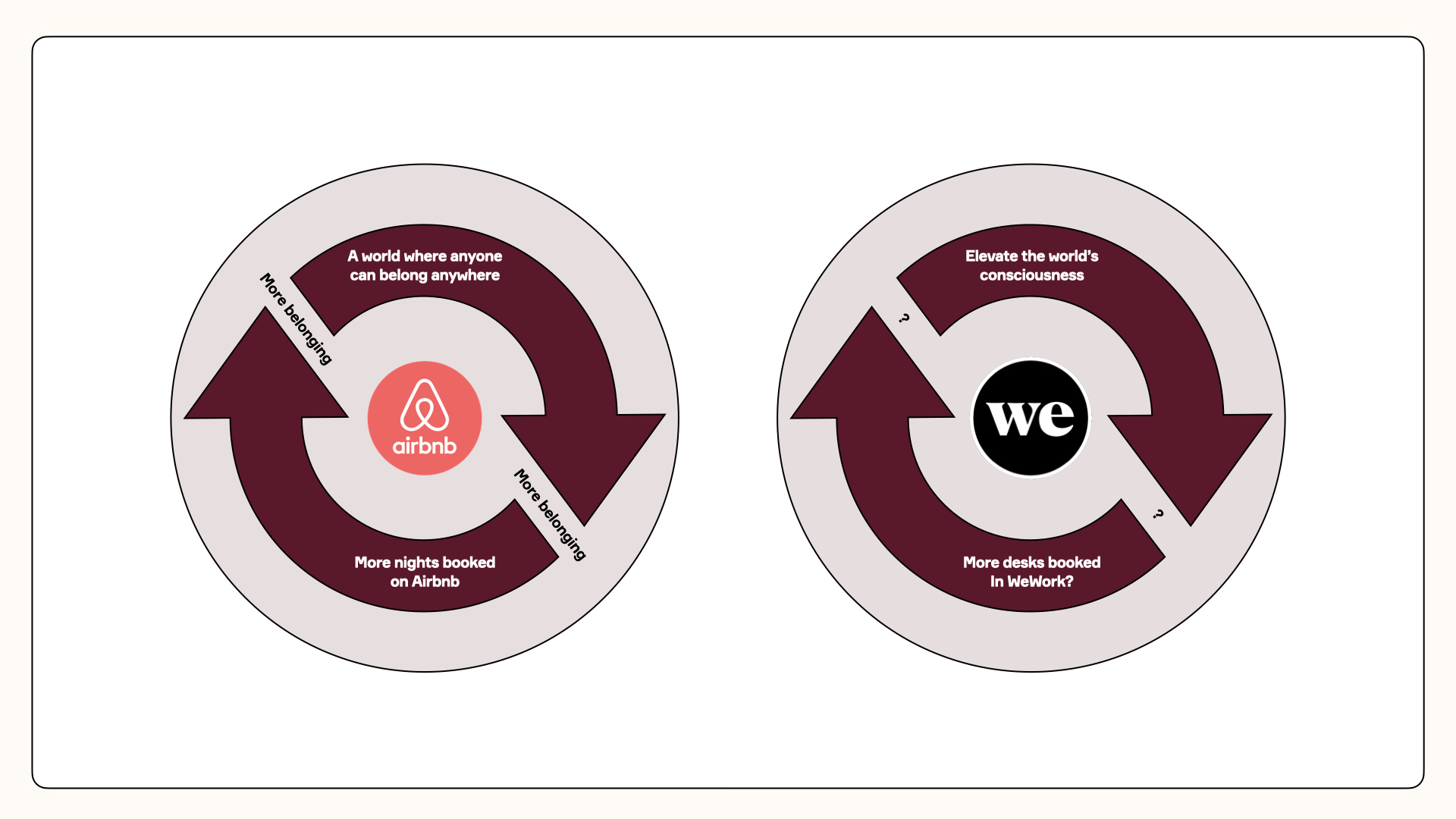Today, businesses aren’t judged just by their financials - many influential stakeholders, including consumers, employees and investors will also evaluate companies based on broader societal impact.
At the same time, they will be quick to call BS on activities that are inauthentic and/or irrelevant to their core business. At TwentyFirstCenturyBrand we advise leaders to ensure that the purpose agenda is deeply connected to the core business model to ensure it drives both commercial and cultural value. Purpose x Profit isn’t about balancing opposites; it’s about using purpose as a catalyst for commercial success.
The CMO’s Expanded Mandate: Leading with Purpose
As companies adapt, the CMO’s role has broadened from brand storytelling to strategic architect, driving purpose into the core of business strategy. Purpose isn’t just a checkbox for CSR anymore, it’s now embedded at the crossroads of brand, culture, and commerce. And it’s not merely a “nice-to-have” - it’s essential for growth. Today’s top-performing brands see purpose as a revenue driver, not a cost.
Purpose and Profit: The Flywheel of Success
Brands built on purpose outperform competitors. Here’s the data-backed edge purpose brings:
- Financial Strength: Purpose supports long-term growth. Brands with a positive impact grew 175% in value over 12 years, compared to 70% for low-impact brands
- Customer Loyalty: Purpose differentiates in crowded markets, enabling premium pricing and lowering churn
- Employee Engagement: Purpose-driven companies have higher morale and productivity, making them magnets for top talent.

The Purpose x Profit Flywheel is a simple tool to help businesses link purpose-driven outcomes to enhance business performance, creating a cycle where business growth reinforces the brand’s positive impact. When purpose aligns with metrics like customer lifetime value or premium subscriptions, it becomes a self-sustaining engine of success.
Four Levers for Purpose-Driven Growth
1. Purpose as the Strategic North Star
Purpose isn’t a campaign - it’s a foundation for decision-making. Airbnb’s "Belong Anywhere” mission, for example, drives both social inclusivity and a core metric: nights booked.
2. Community as a Growth Multiplier
The most successful brands build value with their most committed communities. Lego’s “Build to Give” engages customers as stakeholders, boosting product engagement and global sales.
3. Tech for Scalability and Intimacy
When purpose is precisely infused into data and tech it creates personalized experiences that deepen customer connections. Spotify’s algorithms, for instance, fuel both user satisfaction and business growth.
4. Storytelling as a Unifying Force
Purposeful storytelling aligns teams internally and resonates externally. Microsoft's mission to empower every individual permeates its products and culture, fortifying its market position.
The Risks of Purpose Without Action
Purpose x Profit has great potential, but without real action, it can backfire. Brands that fail to deliver on purpose will deservedly be called out for “purpose-washing.” WeWork’s lofty mission to “elevate the world’s consciousness” ultimately underscored the gap between purpose and reality. Conversely, brands like Pinterest have shown that authentic purpose-driven strategies, when executed well, build resilience and trust.
Making Purpose Actionable: The CMO Playbook
- Align the C-Suite Around Purpose
Buy-in from the top is essential. Tie purpose metrics to business outcomes to get support from the CFO and CEO - Embed Purpose at Every Level
Equip teams with frameworks to integrate purpose into daily work. Tools like internal playbooks and purpose-driven KPIs help align efforts across the company - Measure and Adapt
Track both financial and societal metrics. A balanced scorecard keeps purpose and profit linked, ensuring sustainable growth
A Call to Action for CMOs
The future of brand leadership lies in mastering the Purpose x Profit equation. For CMOs, it offers a route to leading with authenticity, drive growth through cultural relevance, and leaving a lasting impact. Iconic brands are defined not just by products but by the cultural value they create. The CMOs who understand that purpose isn’t a trade-off but a growth multiplier will be the ones shaping the brands of tomorrow.
TwentyFirstCenturyBrand are partners of The Marketing Society
Members you can now comment on our content: login via your member login and the comment box will appear at the bottom of this article.



